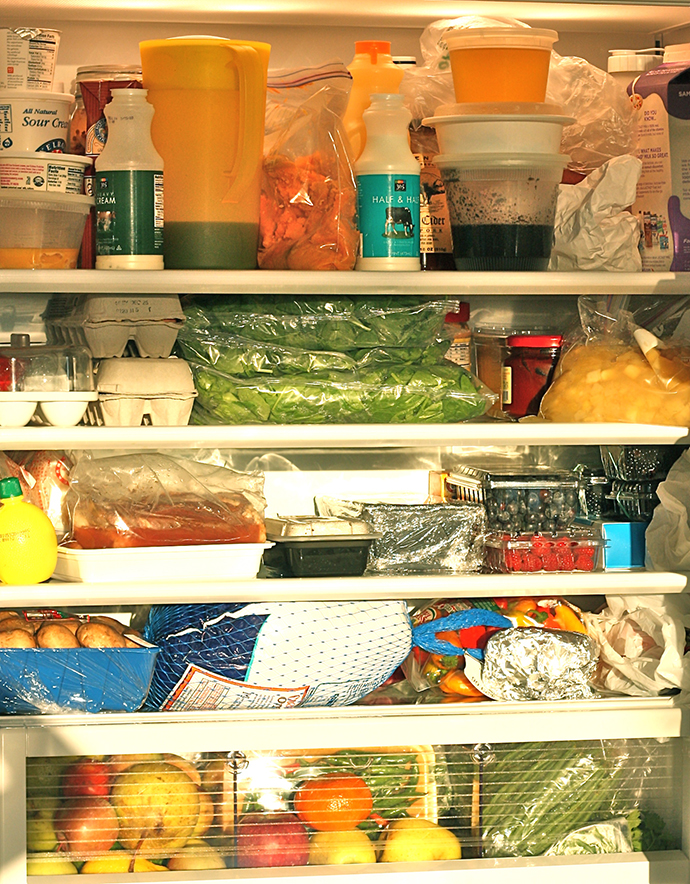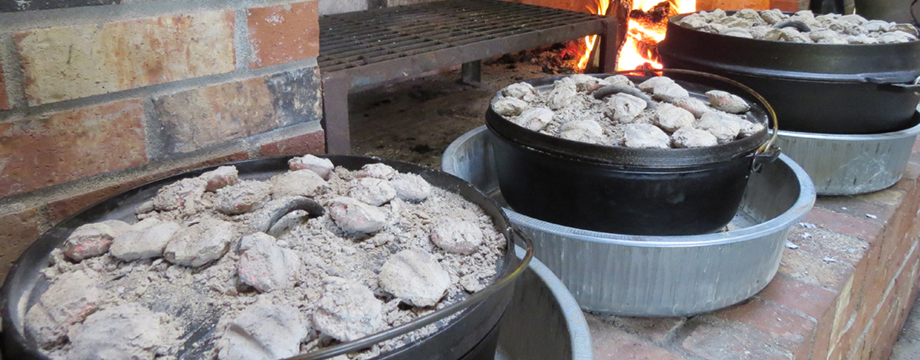
Thanksgiving is only a week away so now is a good time to remind folks not to overfill the refrigerator at home or the coolers in camp.
Whether we’re celebrating in camp or at home, we tend to cook more items and in larger quantities. Maybe there are a few more mouths to feed. Maybe it just wouldn’t be the holiday without certain special dishes. Whatever it is, it seems like our refrigerators are stuffed to the gills days before with all the ingredients and then days afterward with all the leftovers.
Our refrigerators and coolers need to maintain a temperature below 40°F. Do you have a thermometer for checking the temperature? If not, you should get one.
Every time we add something that is room temperature or warmer into our refrigerator, the temperature rises and then the refrigerator has to work to bring the temperature back down, but that can take a while depending on how much is added and how warm it is. In camp, unless we’re in an RV, we do not have that dynamic cooling system. We need to manage our leftovers very tightly because adding something warm to a cooler will quickly melt the ice and now there is no cooling at all for the rest of the trip. Plan your hot dishes so that there are no leftovers and then have extras of items that don’t require refrigeration in case campers are still hungry. This way, no warm foods will need to be cooled and stored.
We also want to maintain good air circulation in a refrigerator. If it is crammed too full then cold air can’t circulate around each item. Same is true for a cooler and ice. We should not cram a cooler so full that there is not enough ice to keep foods chilled below 40°F.
Other Important Safety Measures
Never defrost protein at room temperature. Always move from the freezer to the refrigerator to thaw, which takes more time but is safer because it keeps the protein out of the danger zone (40°F -140°F) where bacteria can grow. Freezing items and then loading them into coolers allows them to thaw like they would in a refrigerator and, while they are thawing, they help chill the cooler. Always remember to secure proteins in resealable bags or containers so that they don’t leak as they thaw and contaminate the contents of the cooler.
When cooking proteins, don’t just eyeball it for doneness, use a thermometer to check the internal temperature of the protein.
Beef, pork, lamb, veal, roasts, steaks, and chops should reach an internal temperature of 145°F. Egg dishes and ground meat should reach an internal temperature of 160°F. Poultry, stuffing, casseroles, and leftovers should reach an internal temperature of 165°F.
If you need to hot hold food, keep it above 140°F. Cold foods should be held below 40°F. So, if those deviled eggs or that potato salad is going to be sitting out for a while, place a container of ice underneath. Dishes like these should sit at room temperature no longer than 2 hours.
Whether we’re celebrating at home or in camp, let’s stay healthy and safe. Let all the groaning be from that extra piece of pie we shouldn’t have ate! Did I say pie?! I like pie!




Hello! Excellent post. I have learned the hard way but good for you to reinforce the learning process. LOL.